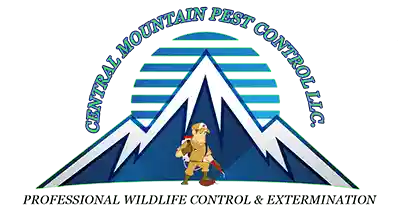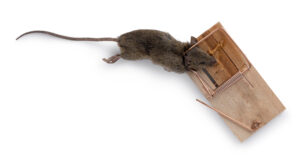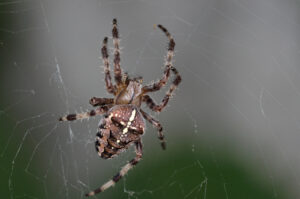Termites wreak havoc when they invade structures and our living spaces.
Upon getting to the house foundation, they feed on the foundation framing thus leaving the house weak and compromised.
A weak structural foundation is not the only risk associated with termite infestation. If left unattended, termite colonies reduce the visual appeal of the house and this might affect its resale points later.
They can also attract other forms of pests and bring with them many diseases, thus endangering the safety and health of the occupants.
In small numbers, termite infestation can be handled through simple DIY methods that will be discussed in more details in this article.

Do you have a termite issue?
Professional Inspections
The most effective method of controlling pests, not just termites is by signing up for maintenance on your current pest control mechanism. With this, the professionals will have the property on the radar and regularly conduct checks and surveillance, and lay down preventative mechanisms. The best thing about such arrangements is that professionals will detect the infestation in its initial stages before it escalates to serious hard-to-remove colonies. While the DIY techniques are still a viable option, you can never go wrong with professional extermination maintenance. They can be a little expensive but the benefits can be realized fully if you have an incessant colony that will not go away with DIY practices.
Repellent Plants
While most people turn to commercial extermination and control mechanisms, some natural remedies still do exist. One of those is the use of repellent plants that help keep termites and other pests at bay. Plants like mint, basil, and lavender are natural insect-repellent and can help keeping termites off our living spaces. Other plant species like marigold and chrysanthemums have been extensively used to deter mosquitoes and farm pests like aphids.
Seal Entry Points
There is this outdated notion that pests like termites must find their way into our spaces through the most hidden routes. Conversely, they sometimes use the most open routes like through openings, cracks, and crevices found on malfunctioning windows. To prevent this scenario, be sure to seal those openings by replacing worn weather-stripping and caulk on windows. This will help deter termites from making their way into the house. As a bonus, it will help save you money in your monthly utility bills by preventing energy loss.
Remove Standing Water
Standing water in the yard is one of the many causes for pests, especially flies and mosquitoes. This is because standing water provides a safe haven for mosquitoes and houseflies breeding. The water can also attract other forms of pests like snakes, termites and rodents as they seek to quench their thirst. to prevent this kind of breeding, drain all the standing water in your yard and discard items like old tires and cans where water can collect.
Clean Regularly
The main single known attraction for pests including termites, houseflies, rodents, and bugs is dirty surfaces. Pests feed on food leftovers on dirty surfaces thereby allowing for further breeding. Some pests like houseflies and bugs lay eggs as they feed on food leftovers on dirty surfaces. Dirty surfaces therefore, act as source of replenishment and breeding grounds for pests. To keep pests away and maintain the visual appeal, maintain the highest possible cleanliness levels in your surfaces. This level of cleanliness should extend all the way to your yard, as this too can harbor pests. Maintain your lawn grass height to not more than 1 inch and clear all the bushes. After mowing and clearing bushes, remove all the junk as the dead green matter is food for pests like termites.
Moisture Control
Moisture is one of the many requirements for termites to thrive. This is because they need water to quench their thirst and build nests for their colonies. This goes on to explain why termites, as well as other pests thrive perfectly in moist surfaces. In this understanding, deal with moisture issues in your house and the property at large. Since moisture problems are because of leaking pipes, cracks in foundation concrete, and worn weather stripping, repair them and your pest-problem will be solved.
These practices, when combined with other natural techniques like introducing pest predators, go a long way in exterminating pests from our living spaces. Before you even think on applying a given control method, first sit down with a professional, let them help you understand the behavior of that particular pest type and recommend the appropriate control or treatment method. This is because each treatment and control method work differently for every pest type.




